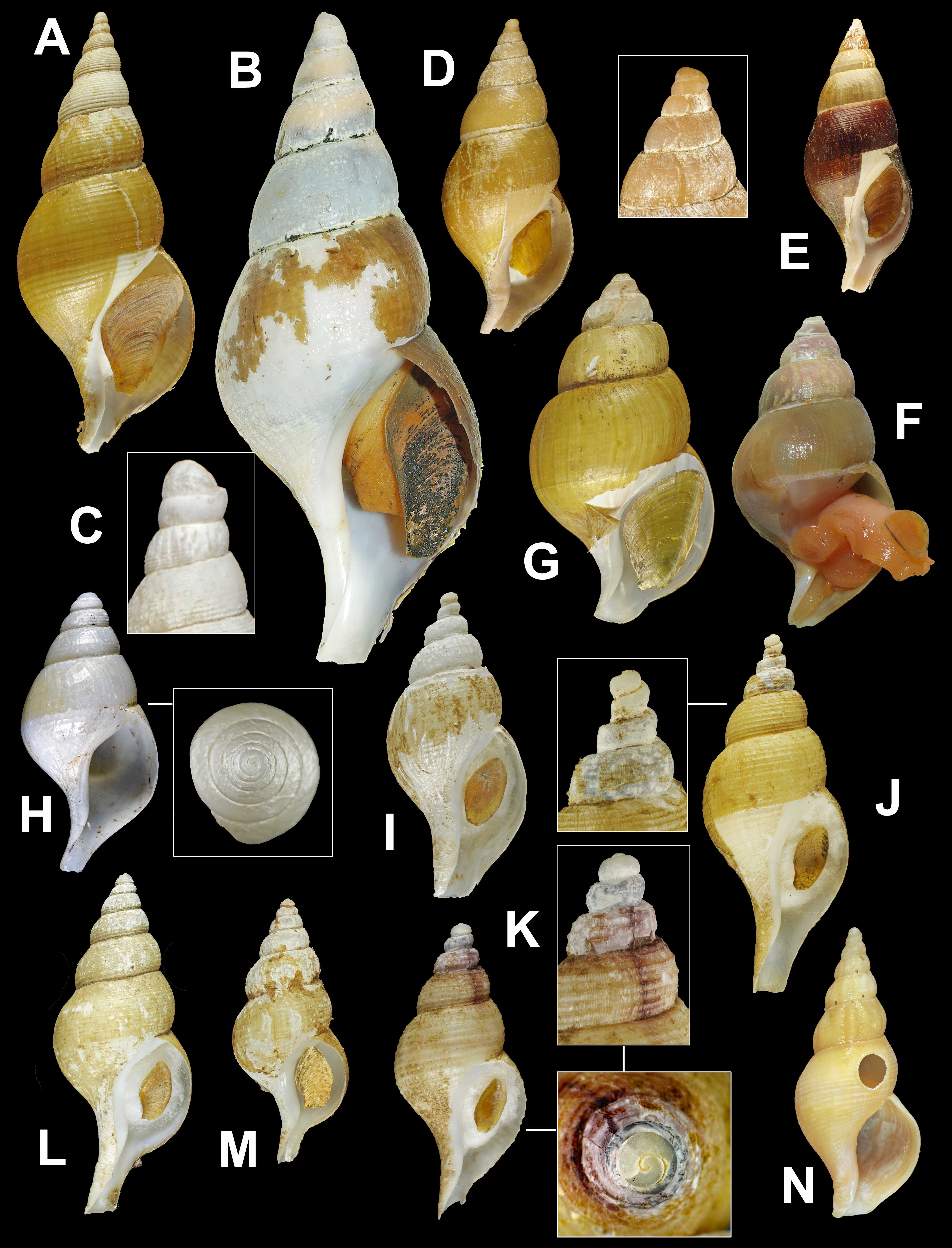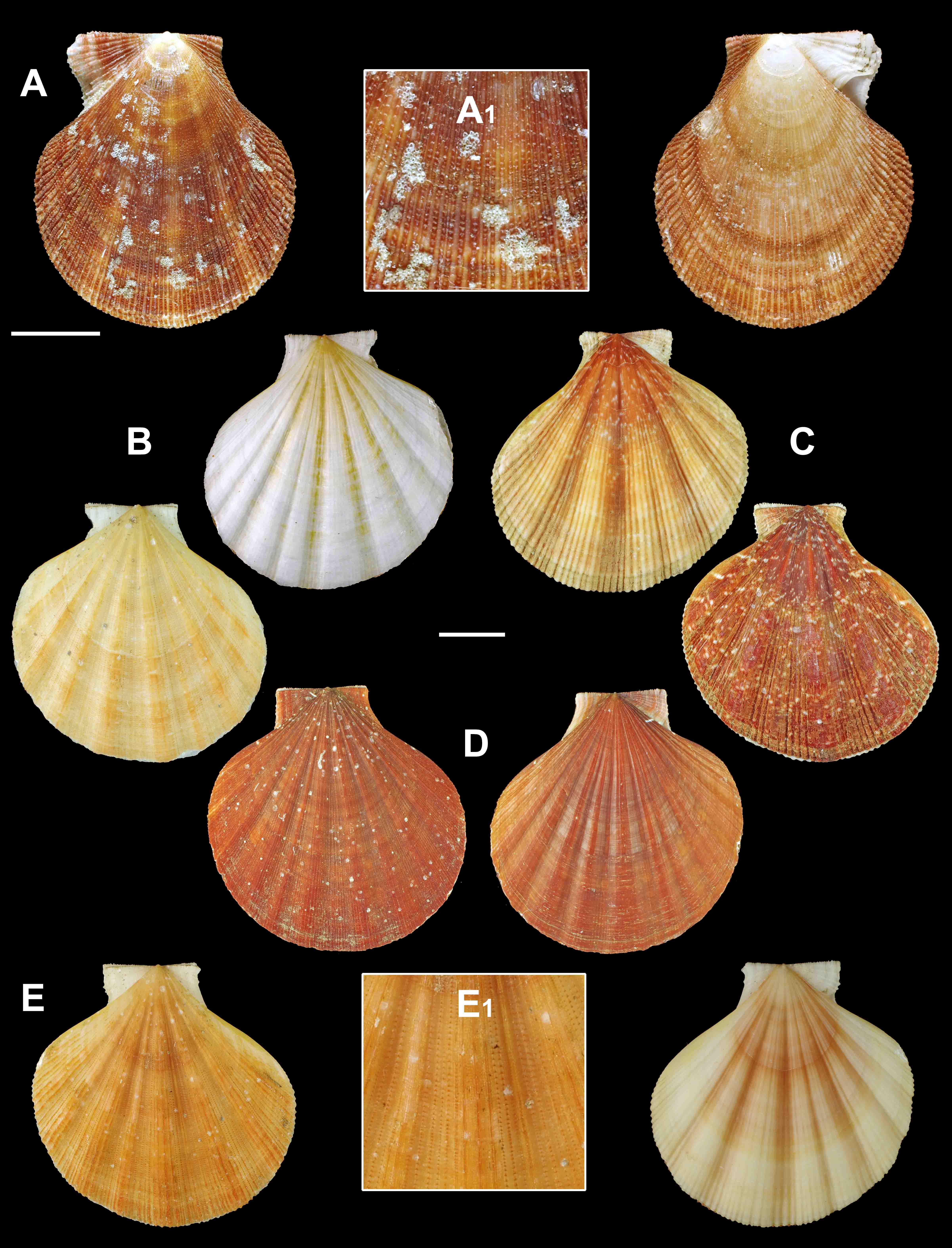- Research
- Fish tagging
- Lumpfish research
- Oceanography
- Seabed mapping
- Arnarfjörður
- Drekasvæði
- Ísafjarðardjúp
- Jökulbanki
- Jökuldjúp
- Kolbeinseyjarhryggur and adjacent area
- Kolluáll
- Langanesgrunn
- Látragrunn
- Nesdjúp
- Reykjaneshryggur and adjacent area
- Selvogsbanki
- South of Selvogsbanki
- South of Skeiðarárdjúp
- South of Skerjadjúp
- Southeast of Lónsdjúp
- Southwest of Jökuldjúp
- Suðausturmið
- Suðurdjúp
- Vesturdjúp
- East of Reykjaneshryggur
- Vestfjardarmid
- Seal research
- Whale Research
- Advice
- About
Comprehensive overview of Icelandic molluscs
27. August 2024
Comprehensive overview of Icelandic molluscs
A comprehensive report of Icelandic molluscs was published recently by MFRI, see here. It is called Report of ten years of Mollusca collection in Icelandic waters by the Marine and Freshwater Research Institute (MFRI) and it is the most extensive registration of molluscs in Icelandic waters since Ingimar Óskarsson´s publications from the middle of the last century on Icelandic shells (Skeldýrafána Íslands). Altogether the report cites, maps, and illustrates 202 species of molluscs in Icelandic waters.
Mollusca collection in Icelandic waters by the Marine and Freshwater Research Institute (MFRI) and it is the most extensive registration of molluscs in Icelandic waters since Ingimar Óskarsson´s publications from the middle of the last century on Icelandic shells (Skeldýrafána Íslands). Altogether the report cites, maps, and illustrates 202 species of molluscs in Icelandic waters.
The report is based on the work of two Belgian zoologists, Christiane Delongueville and Roland Scaillet, together with Steinunn Hilma Ólafsdóttir, a marine biologist at MFRI. Christiane and Roland have been passionate about collecting and studying molluscs for decades, with a focus on the distribution of European molluscs and the impact that human activities and climate change can have on these animals. The report is based on molluscs that were collected by fish and benthic scientists working for MFRI from bycatch in assessment surveys of fish stocks off Iceland.
The beginning of the collaboration can be traced back to Christiane and Roland's friendship with Jónbjörn Pálsson, a fisheries scientist at MFRI, who retired a few years ago. Jónbjörn started collecting molluscs during MFRI´s annual surveys and that was the beginning of the Belgian cooperation with the institute. See here the news on the MFRI´s website (in Icelandic) about this successful collaboration between the Belgian scientists and the Icelandic Marine and Freshwater Research Institute.
Collecting molluscs was primarily carried out during surveys in deep waters in autumn, as well as in shallower areas in the north-west of Iceland in spring. Collections were also made from several surveys during stock assessment of lobster (Nephrops norwegicus) in May and from flatfish trawls in August. The mesh size of the trawls mainly allowed the collection of larger specimens. Smaller molluscs (< 10 mm) were collected in the stomachs and intestines of captured fish, mainly haddock (Melanogrammus aeglefinus) and American plaice (Hyppoglossoides platessoides).
waters in autumn, as well as in shallower areas in the north-west of Iceland in spring. Collections were also made from several surveys during stock assessment of lobster (Nephrops norwegicus) in May and from flatfish trawls in August. The mesh size of the trawls mainly allowed the collection of larger specimens. Smaller molluscs (< 10 mm) were collected in the stomachs and intestines of captured fish, mainly haddock (Melanogrammus aeglefinus) and American plaice (Hyppoglossoides platessoides).
Stones, shell debris, ghost fishing nets, sponges, corals, seaweed, and kelp entanglements that came into the nets were examined to see if molluscs were hiding there. In all cases, the state of the molluscs is reported, whether they were alive or dead (empty shell).

